Look up the nutrition facts and choose whatever’s the least processed, the lowest in saturated fat, or the highest in fiber
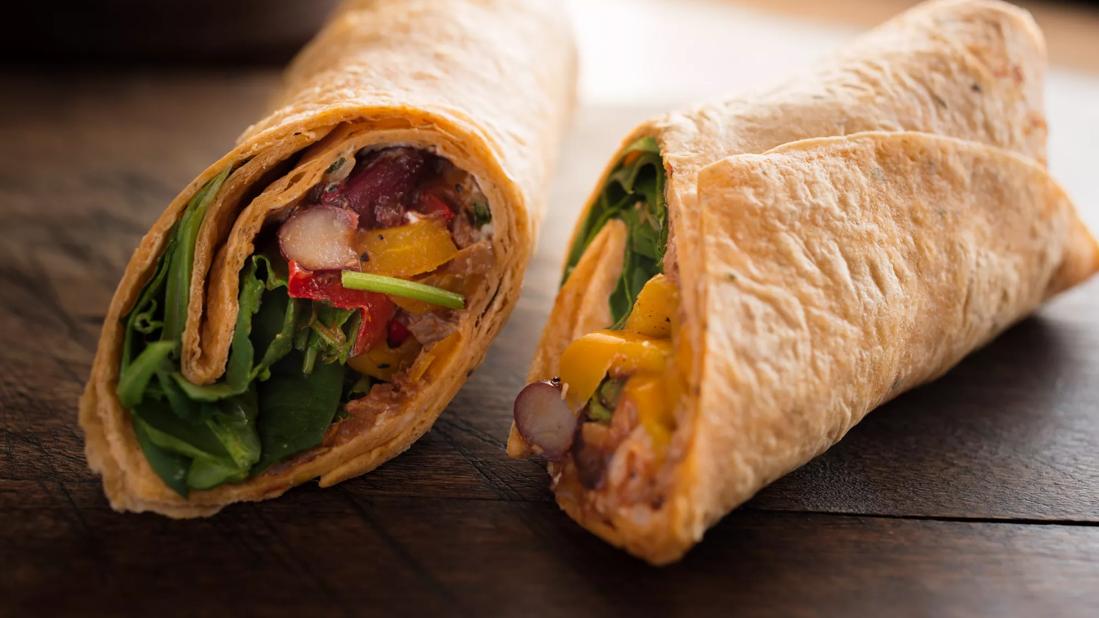
It’s the best thing since sliced bread. At least, that’s how it tastes. But is that sandwich you’re craving as good for your health as it is for your taste buds?
Advertisement
Cleveland Clinic is a non-profit academic medical center. Advertising on our site helps support our mission. We do not endorse non-Cleveland Clinic products or services. Policy
Would a wrap be a better choice? What about pita pockets? Gluten-free bread? Lettuce? And what about all the fillings and condiments?
The list of questions could easily be a … footlong. (Sorry.)
We asked dietitian Anna Taylor, RD, LD, to weigh in on the nutritional value of sandwiches and wraps. She explains that you can’t always judge a sandwich by its bread-y cover.
If your goal is a healthy, well-balanced meal, you’re going to need some information.
“Read the nutrition facts label,” Taylor urges. “If you’re eating out, look up the nutrition facts online. In a restaurant, your server may bring you allergen information instead of nutrition information, and some menus have just calories listed. Looking for the full details online will give you more accurate, up-to-date info.”
Compare your options. If you want to make a heart-healthy choice, you want less saturated fat and more fiber. If you’re seeking weight loss, serving size and calories are key.
If you walk into your local sandwich shop, you’ll probably see that their healthy menu options swap bread for tortillas. But are wraps really better for you than sandwiches?
“That depends,” Taylor says. “Some tortilla wraps contain more calories and carbohydrates than two slices of bread.
Advertisement
Taylor explains that if you’re making lunch at home, you’ll find that a typical 10-inch tortilla contains about 200-220 calories. Meanwhile, two slices of bread could contain anywhere between 70 and 280 calories, depending on which type of bread you use.
Many delis and restaurants, on the other hand, use tortilla wraps that are around 300 calories — just for the wrap itself! And once you add in the calories from the fillings and condiments (not to mention that side of chips), you may well end up with a high-calorie lunch.
So how do you decide whether to go with a sandwich or a wrap? On a case-by-case basis, according to Taylor. It might not always be possible to get a full nutritional breakdown — especially if you aren’t eating at a chain restaurant — but don’t be afraid to ask.
As a general rule, steer clear of prepackaged sandwiches like the ones you find in grocery stores and cafeterias. They’re made to sit out for a long time. That means they’re often made with low quality, highly processed ingredients that are loaded with preservatives, Taylor explains
“Grocery store sandwiches are no better as a whole than subs from chain restaurants — they all rely on preservatives to prevent food borne illness, are high in sodium, and typically the bread and wraps contain refined grains,” Taylor adds.
Whether you’re using bread or wraps, that starchy foundation for your sandwich can a big contributor to the overall calories. if you’re seeking weight loss, consider skimping on the starch to support your goals.
It’s always easier to practice healthy eating habits when you’re the one controlling the ingredients and portion size. Taylor offers the following six suggestions for building a tasty, nutritionally balanced sandwich or wrap.
Taylor recommends choosing 100% whole grain products whenever available.
“Spinach wraps may look and sound healthier,” Taylor says, “but they contain only trace amounts of spinach and are typically made with refined grains — meaning no calorie or carb savings. And no added fiber.
Instead of attempting to veggie-fy your bread, Taylor suggests going for the real thing.
“Loading your sandwich up with real, fresh fruits and vegetables is the best way to get real health benefits from them” Talyor notes.
Paninis and grilled cheese sandwiches are undeniably tasty. But they tend to be high in saturated fats thanks to the cooking process.
Instead of slathering your sandwich with butter or oil, just throw that bad boy in the toaster oven. You’ll get all the crispy goodness you crave without the dietary drawbacks.
Advertisement
A dry sandwich is a crime, we know. But slathering your culinary creation in oil or full-fat mayonnaise isn’t a great call either. Other condiments — like ketchup — can be hit and miss.
That’s the bad news. Here’s the good news: there are lots of healthy ways to add a little extra zing to your sandwich.
“Mustard is usually a safe bet,” Taylor notes. “Yellow, brown and even honey mustard has very little sugar in it, and the sodium content tend to be lower than most other condiments.”
Not a mustard person? Try using kimchi, tahini, vinegar, hummus, avocado and guacamole to enhance your sandwiches. You can also use fresh fruit like tomatoes, cucumbers, apples or pears to add some extra moisture.
You probably aren’t surprised to learn that that American cheese and bologna sandwich isn’t doing your body any favors.
Nearly all of the food we eat is processed to a certain extent — and that’s not a bad thing. Taylor says that it’s the ultra-processed food you need to avoid.
Unfortunately, some of the best examples of ultra-processed foods happen to be sandwich staples. Traditional luncheon meats are typically ultra-processed meats — meaning they have been salted, cured, smoked or had preservatives added. This includes ham, deli turkey, salami, bologna, pastrami, bacon, pepperoni, and turkey, beef, and sliced chicken lunch meats.
Advertisement
Instead of chowing down on cold cuts, Taylor recommends you stuff your sandwich with lean proteins like chicken, fish, or turkey. Whenever possible, bypass both the prepackaged stuff and the deli counter. The least processed sandwich meat is the kind you roast and slice up yourself. Depending on how they’re prepared, eggs can also make for a great main protein.
These days, vegetarians, vegans and carnivores alike recognize that it’s also possible to make a delicious sandwich that doesn’t contain any animal byproducts.
Taylor suggests swapping out meat for a plant-based alternative like tofu, tempeh, jackfruit or seitan. If those options don’t appeal, consider using beans or legumes as your main protein. Garbanzo beans (the kind you make hummus with) and black beans are particularly common proteins for vegetarian and vegan sandwiches. Properly prepared, mashed garbanzo beans taste surprisingly like tuna — and a homemade mushroom nut roast could easily go toe to toe with your grandma’s meatloaf recipe in a taste test.
Just like the real thing, meat substitutes are a “sometimes” sandwich stuffer at best. While often healthier than the meat they’re imitating, faux chicken, beef, steak and lunch meat is still highly processed, high in sodium and less nutritionally sound than other vegetarian options.
Advertisement
And if you’re going to add cheese to that sandwich, Taylor recommends you choose a thinly-sliced cheese that is actual … well … cheese. To give you a sense of how processed American cheese is — the Food and Drug Administration (FDA) refers to the stuff as “pasteurized processed American cheese food.”
A dietitian’s unlikely to recommend a footlong anything. But in the world of quick-order sandwiches, it can be tough to avoid huge portions. Here are a few ways — besides ordering a smaller size — that you can make that fast-casual sammy more nutritionally sound:
Sandwiches and wraps are, quite literally, full of potential. Thoughtfully constructed, they can be a healthy and balanced addition to your plate.
When you’re eating out, sandwiches and wraps are more of a wild card. Reviewing the nutritional information and controlling certain parts of the preparation process — like adding sauce yourself — can make your hoagie as healthy as it is heavenly.
Learn more about our editorial process.
Advertisement
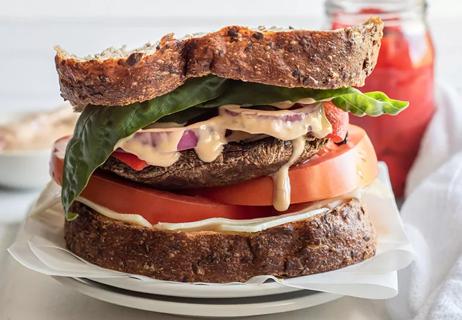
A satisfying veggie option with a kick

There are better breakfast options, but if it’s got to be cereal, look for whole grains, high fiber and no added sugar

If the flakes are undisturbed, pristine white and come from the top layer, it’s typically safe to indulge in a scoop
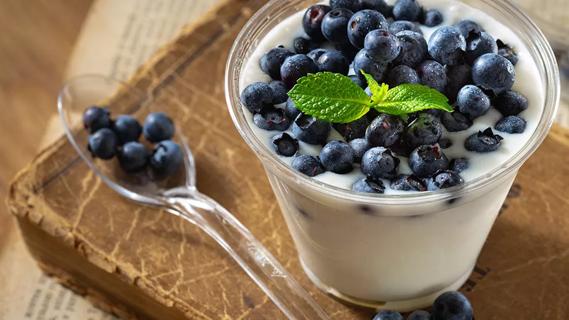
Snacking can bring benefits with healthy food choices and planning
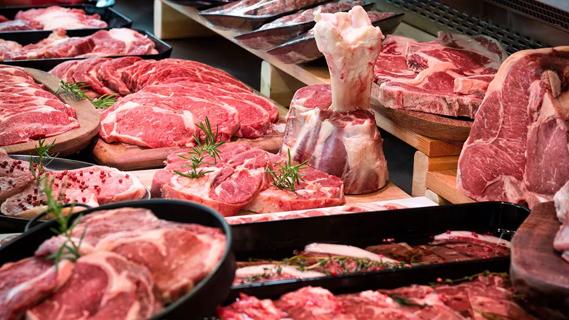
It has nutrients your body needs, but it also comes with some serious health risks
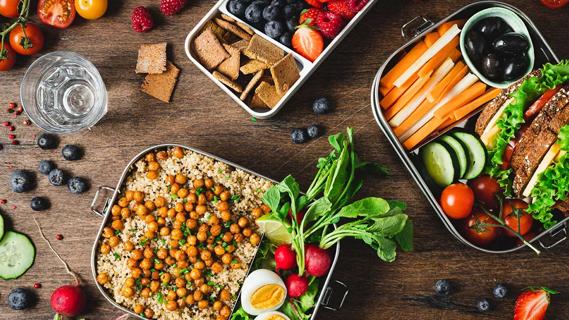
No more scrambling to figure out what to eat during your busy week
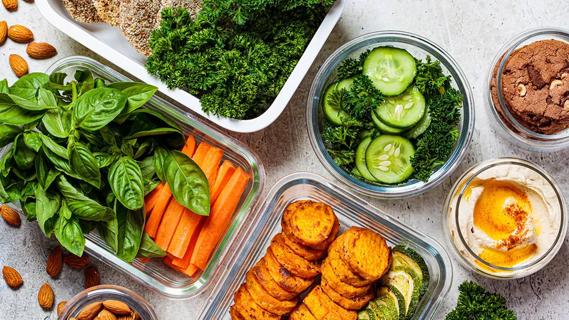
Set yourself up for success by carefully choosing your recipes, storage containers and prepping day

Type 2 diabetes isn’t inevitable with these dietary changes

Applying a hot or cold compress can help with pain